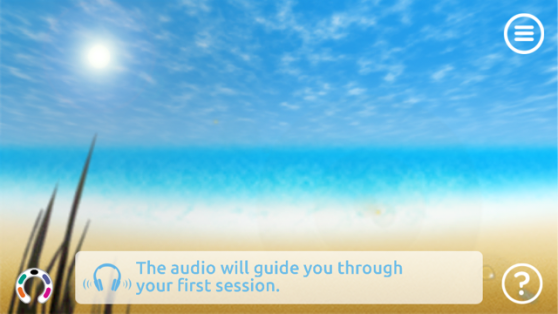testsetset
For decades people have used neurofeedback to treat attention deficit disorder. The technology reads brain waves and gives you visual feedback on your calmness.
But within the last year, a new crop of commercial brain-reading devices have taken this once expensive and inconvenient technology and put it into a portable, battery-powered headset (pictured above).
For instance, the Muse headband presents you with a calm ocean scene (via the device’s iOS app) when you’re focused and a stormy scene when it senses brainwaves associated with distraction.
June 5th: The AI Audit in NYC
Join us next week in NYC to engage with top executive leaders, delving into strategies for auditing AI models to ensure fairness, optimal performance, and ethical compliance across diverse organizations. Secure your attendance for this exclusive invite-only event.
The problem with the current crop of neurofeedback tech is that it doesn’t follow users around; we don’t just want to be mindful when we take time to meditate, we want to be mindful all the time.
Google Glass is the first technology that could clue us into our lack of attentiveness in real time. And this week we got the first taste of how that might work.
User experience company MindRDR has created a Google Glass app that interacts with the brain-sensing Neurosky headset, and you give it commands just by thinking them (video below):
[vimeo 99915694 w=500 h=281]
The Neurosky is also a fantastic meditation tool (in fact, meditation through neurofeedback is one of the device’s original uses).
One exciting application I could imagine for the MindRDR tool would be to have it display certain colors in your field of vision whenever your attention wanes. It would be like having your own private Yogi all the time.
Indeed, an upcoming waste-clip wearable, the Spire, will alert users when their breathing becomes erratic. Right now, the Spire only interacts with a smartphone. You have to pull out the device and stare at a phone to do breathing exercises that will bring you back into a calm state. Integration with Google Glass would be far more effective, since the Spire’s instructions would be right in your field of vision.
Google Glass’s application with mind-reading technologies could be a boon to anyone looking to be more calm and focused throughout the day.
Technology has made the world a very (very) distracting place. In the near future, it may also give us the tools to be more mindful and focused.


